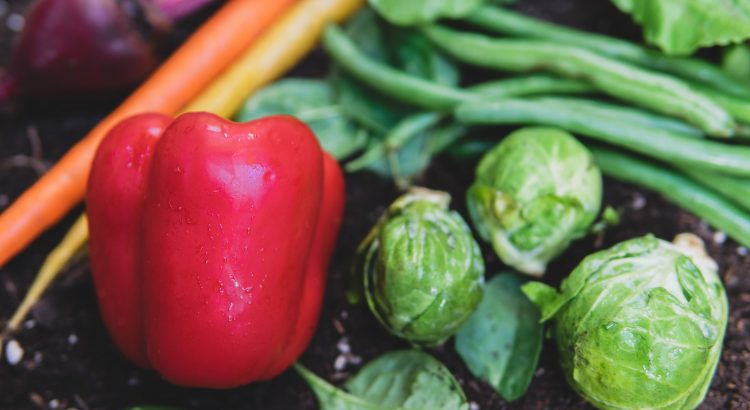Vegetable gardening is a great hobby because you can grow all kinds of vegetables and herbs in your backyard. You don’t need to spend a lot of time and money on buying vegetables at the grocery store. It’s also a good way to make sure you are eating healthy.
There are many things that you need to consider before starting vegetable gardening. One of the most important things is where to place your garden so it gets enough sunlight, water, and nutrients. It’s also important to think about how much space you have in your backyard or garden area because different vegetables require different amounts of space.
5 Easy To Grow Vegetables That Require Minimal Care
Growing vegetables can be a daunting task for some. There are so many things to consider, such as watering, fertilizing, and pest control.
Fortunately, there are some vegetables that require minimal care to grow. Here is a list of five vegetables that you can grow without much effort:
-
Radishes
Radishes are a great crop to grow if you have a small garden or want something that requires minimal care. The first thing you need to do is choose where you want your radish patch to be, whether it will be on the ground or in a container.
The next step is choosing what type of soil you would like for your radish patch. Radishes prefer loamy soil but they will grow just fine with any type of soil as long as it drains well. You should also make sure that there is plenty of sunlight near where you want your radish patch so they can get plenty of light and warmth throughout the day. The seeds need to be planted about 1 inch deep and spaced about 3 inches apart.
-
Lettuce
Lettuce is a very simple plant to grow and maintain. It needs minimal care, and can be grown indoors or outdoors.
The main advantage of growing lettuce indoors is that it can provide you with fresh produce all year round. The downside is that it takes up a lot of space in the house, so you will need to find a good place for it to grow.
Lettuce grows best in an area where it gets at least six hours of sunlight per day. You will also need to water the plants every day, but make sure not to over-water them because that could kill them.
-
Carrots
Carrots are a root vegetable that can help improve your eyesight. They contain beta-carotene which converts to vitamin A in the body.
Carrots grow best when they are planted deep into the ground, and they need to be watered often to prevent them from drying out. They grow in most climates and can be harvested in as little as 4 months. They are best eaten raw, but can also be boiled or fried.
-
Zucchini
Zucchini is one of the easiest vegetables to grow. All you have to do is plant it in a pot filled with soil, water it and wait for your zucchini to grow. The plant needs to be watered regularly, but it does not need much fertilizing or weeding.
Zucchini grows best in warm climates, so if you live in a place that has cold winters, you should consider starting your zucchini seeds indoors. If you want more zucchini than just a few plants can provide, then you should consider growing them on a trellis or using some kind of support system.
Zucchini can be grown in containers on the balcony, deck or porch without any difficulty. It can also be grown in raised beds and other types of containers if the soil contains rich organic matter such as compost, shredded leaves or manure.
-
Kale
Kale is a leafy green vegetable that is rich in vitamins A, C, K and folate which are important for the growth of bones, teeth and muscles while also being low in calories (only 33 calories per cup). It also contains calcium, iron, potassium and fiber. It is a great addition to any diet and can be used in many different ways – from salads, to soups, to smoothies.
Kale is available year-round in most regions of the world, but it’s most often harvested in the winter months when other vegetables are not available.
Vegetable gardening is a rewarding hobby that can be done by anyone, at any time.
If you have the space and the time, it’s worth trying out. You’ll not only get to eat your own delicious produce but also enjoy the satisfaction of seeing your plants grow from seeds to harvest.
We hope that this article has given you some good information about vegetable gardening. We encourage you to try it out and see how much fun it can be!
Bio:
Hi, I’m Rana and I blog at ranasrecipe.com. My passion for food began very early in my life. And after managing a cafe, a granola business and helping other food businesses scale up, I found my true calling in creating wonderful recipes so that everyone can enjoy cooking as much as I do! Don’t forget to follow me on my social channels- instagram and pinterest.




